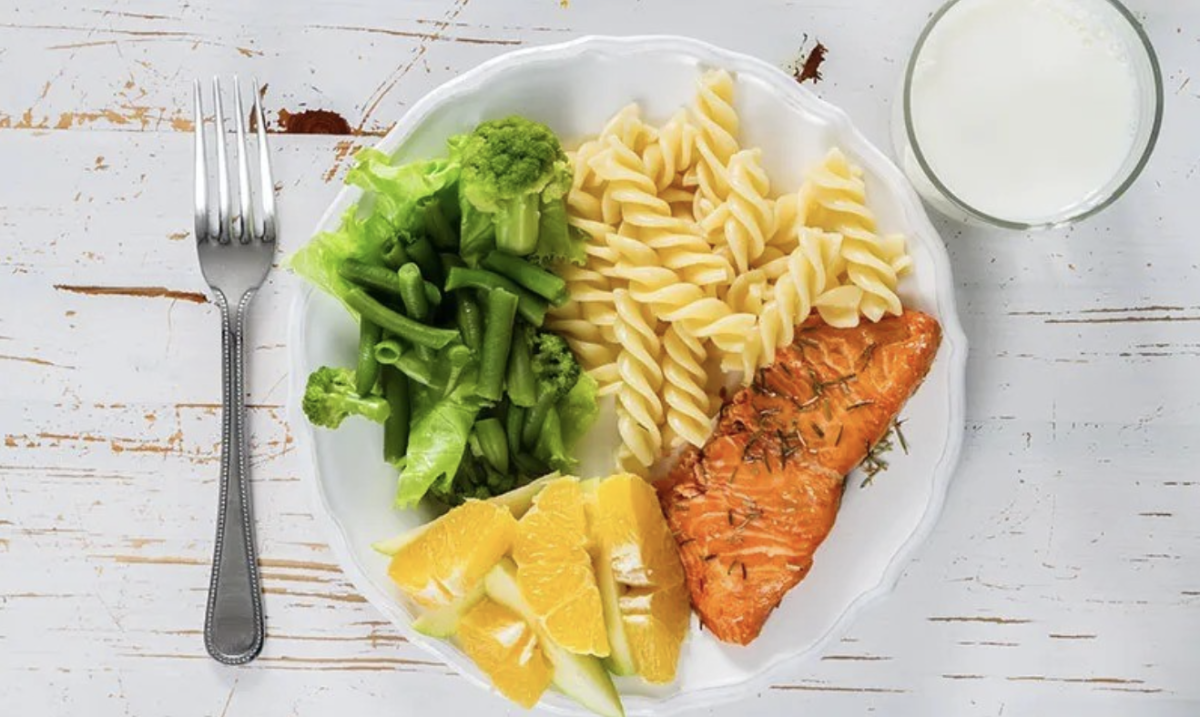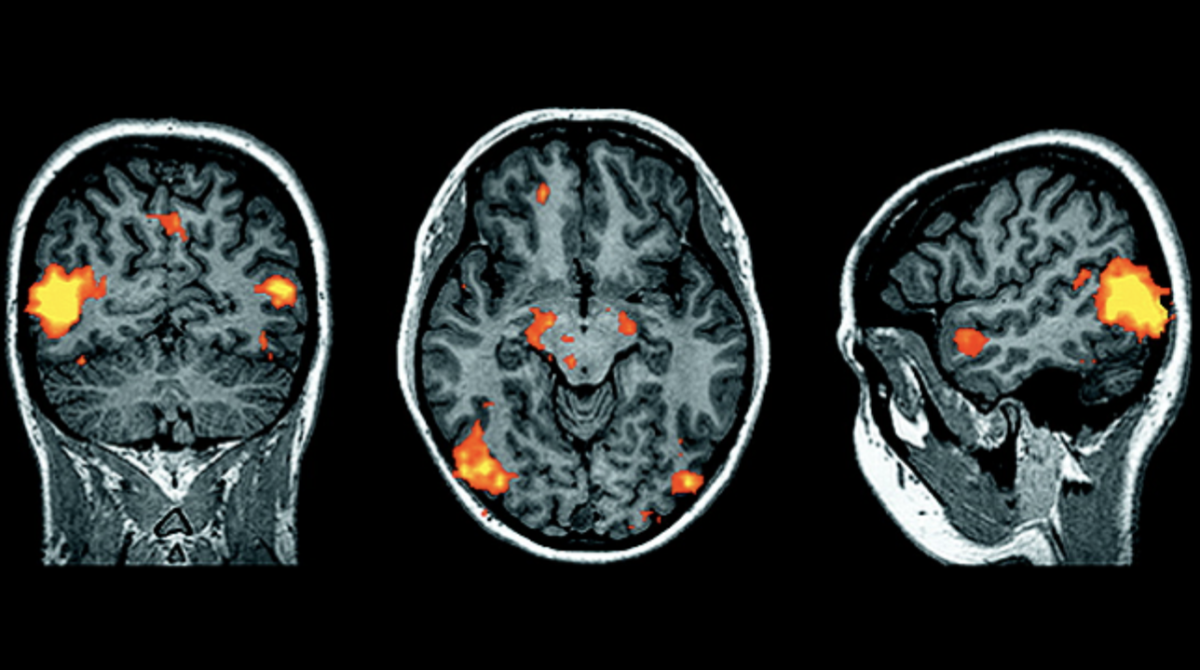Over 1 million deaths per year can be attributed to diabetes alone, according to a 2017 study. Another study from 2021 shows that an estimated 537 million adults aged 20–79 are currently living with diabetes. This represents 10.5% of the world’s population in that age group. It’s likely that even more people suffer from diabetes, as the same study found that more than half of those with diabetes in Africa, South-East Asia, and the Western Pacific are undiagnosed. While these numbers are shocking, there are actually simple ways to reduce the risk of developing diabetes later in life. In addition to regular exercise and low-carbohydrate diets, meal sequencing is a powerful method to regulate blood sugar and prevent this disease. This involves beginning each meal with vegetables, such as lettuce. Next, eat protein and fats, like meat, eggs, beans, nuts, and seeds. Finally, consume carbohydrates such as rice and bread. Eating vegetables, protein, fat, and carbohydrates in this order can help control hyperglycaemia, improve satiety, and even enhance nutrient absorption.
Firstly, meal sequencing helps regulate blood sugar in two main ways. The first is that fibre takes longer to digest, leading to a more gradual rise in blood sugar. Eating high-fibre foods like vegetables before refined carbohydrates changes how those carbohydrates affect blood sugar levels. A 2022 study on Type 2 diabetes patients showed that eating vegetables before carbohydrates improved hyperglycaemia. Half the participants were asked to eat vegetables before refined carbohydrates, and after five years, that group had significantly lower average blood sugar levels compared to those who did not. Secondly, starting a meal with protein and fats stimulates the release of GLP-1, a hormone that enhances insulin secretion and suppresses glucagon release. While insulin lowers blood sugar levels, glucagon raises them. In other words, GLP-1 helps maintain healthy blood sugar levels and is released more effectively when proteins and fats are eaten before refined sugars. Overall, meal sequencing positively impacts blood sugar control by slowing glucose absorption through fibre and promoting GLP-1 release through proteins and fats.
Secondly, meal sequencing can improve satiety. As mentioned earlier, eating protein before refined carbohydrates increases GLP-1 secretion, and this hormone also delays gastric emptying, helping you feel full for longer. Gastric emptying is the process of moving food from the stomach to the duodenum, a part of the small intestine. When this process is delayed, food stays in the stomach longer, prolonging the feeling of fullness. This reduces the urge to snack between meals and helps prevent overeating. Improving satiety is crucial for weight control and reducing the risk of obesity and Type 2 diabetes.
Thirdly, meal sequencing may enhance nutrient absorption. According to Sam Schleiger, a functional dietitian and women’s health specialist, when fibre-rich vegetables are consumed first, the fibre forms a protective layer in the gut. This slows carbohydrate absorption while allowing the body to prioritise the uptake of nutrients like vitamins, minerals, and phytonutrients. These nutrients are essential for health, but may not be efficiently absorbed if carbohydrates are digested too quickly. However, this issue can be reduced simply by eating vegetables first.
Overall, meal sequencing has many benefits, including controlling hyperglycaemia, enhancing nutrient absorption, and improving satiety. These positive outcomes lead to even more advantages for the body, such as a reduced risk of heart disease and Type 2 diabetes, better weight management, and improved hormonal balance. It’s surprising that something so simple can have such a powerful impact on the human body.
Sources:
https://www.uclahealth.org/news/article/does-order-which-you-eat-food-matter
https://myacare.com/blog/meal-sequencing-benefits-myths-and-how-to-implement
https://pubmed.ncbi.nlm.nih.gov/32175717/
https://www.betterhealth.vic.gov.au/health/healthyliving/Vitamins-and-minerals
https://www.caltech.edu/about/news/dietary-fiber-and-microbes-change-gel-lines-our-gut-50994
https://www.sciencedirect.com/topics/medicine-and-dentistry/stomach-emptying
https://www.ncbi.nlm.nih.gov/books/NBK581940/
https://www.childrens.com/health-wellness/whats-on-your-plate-a-parents-guide-to-a-balanced-diet














